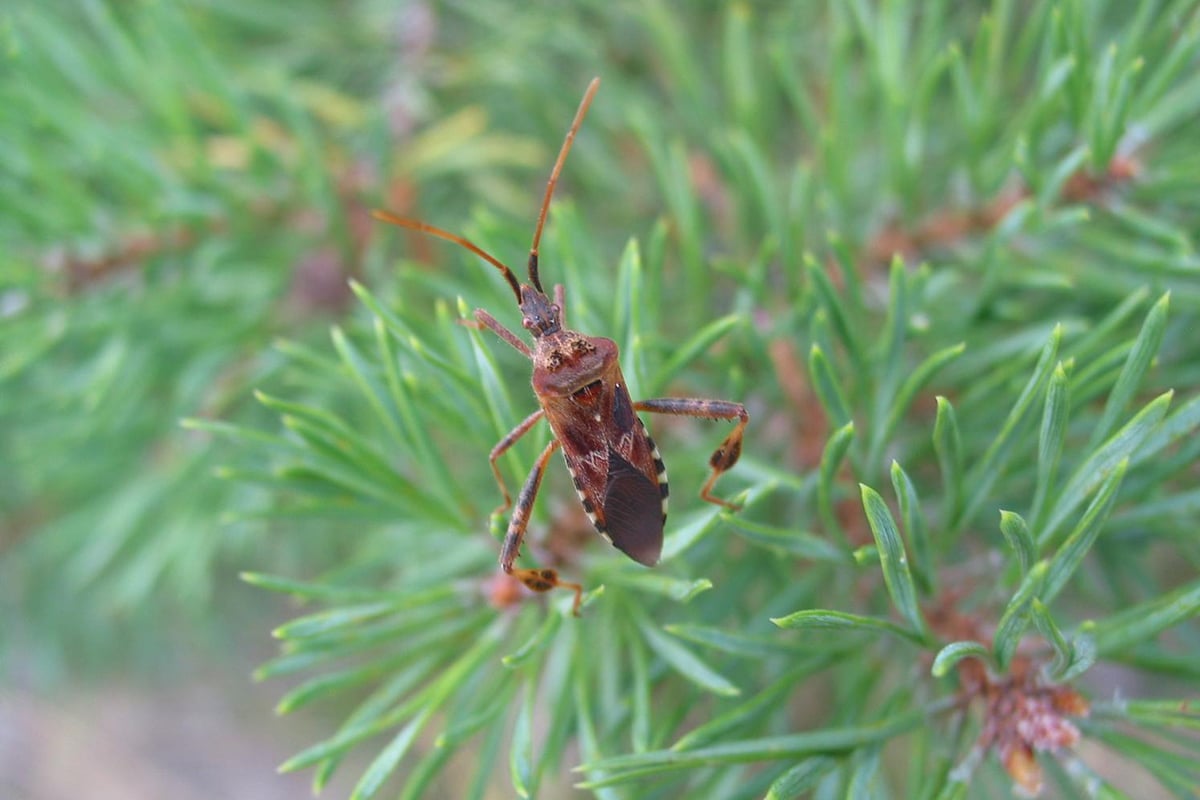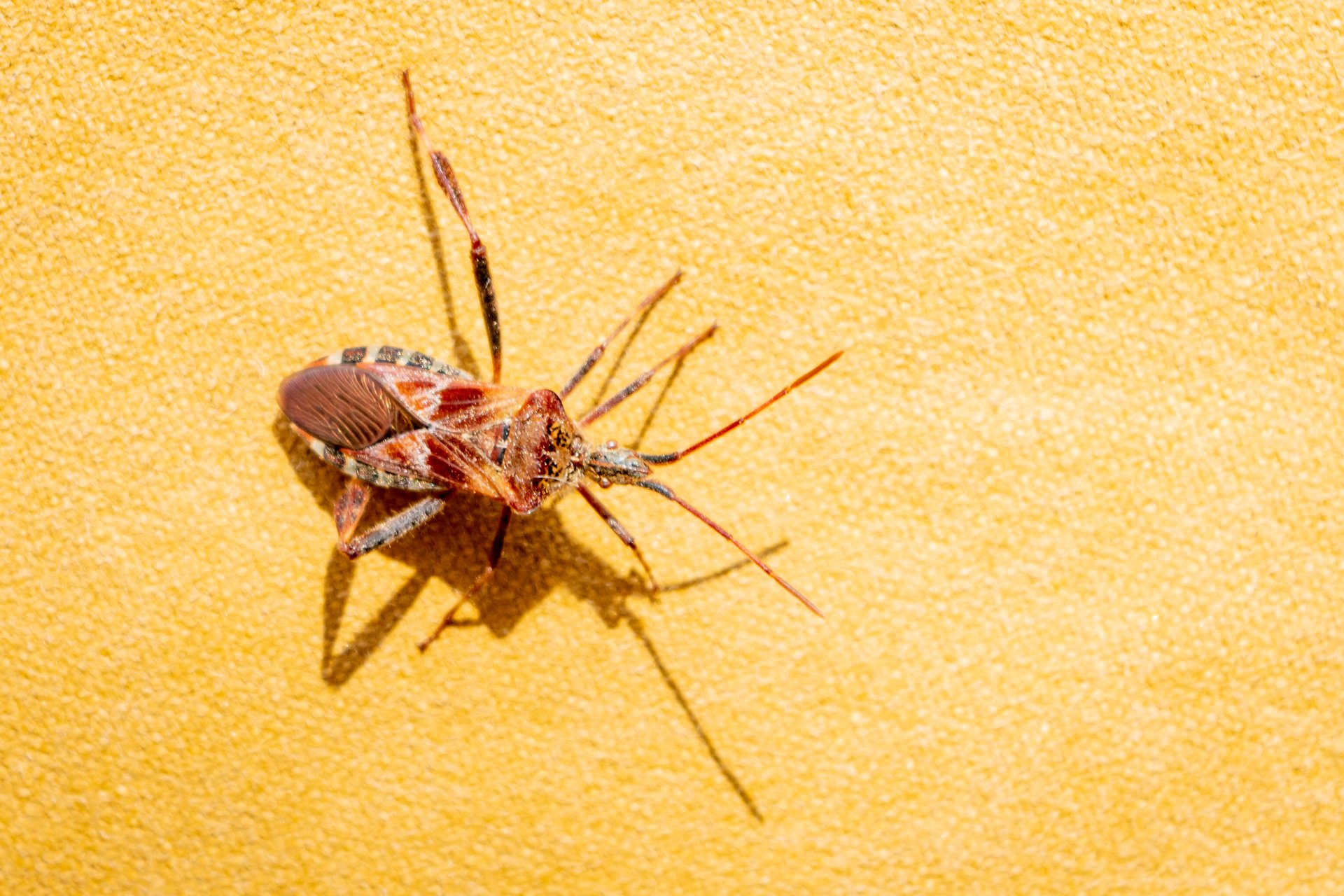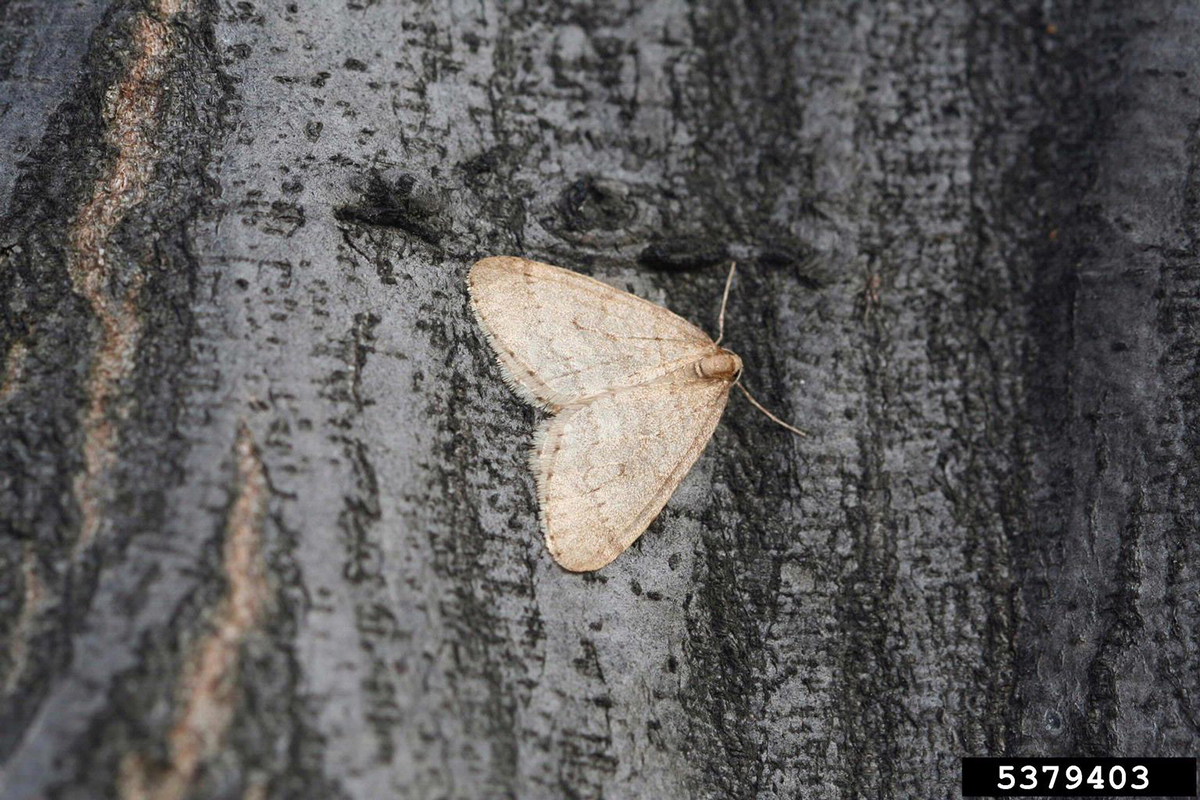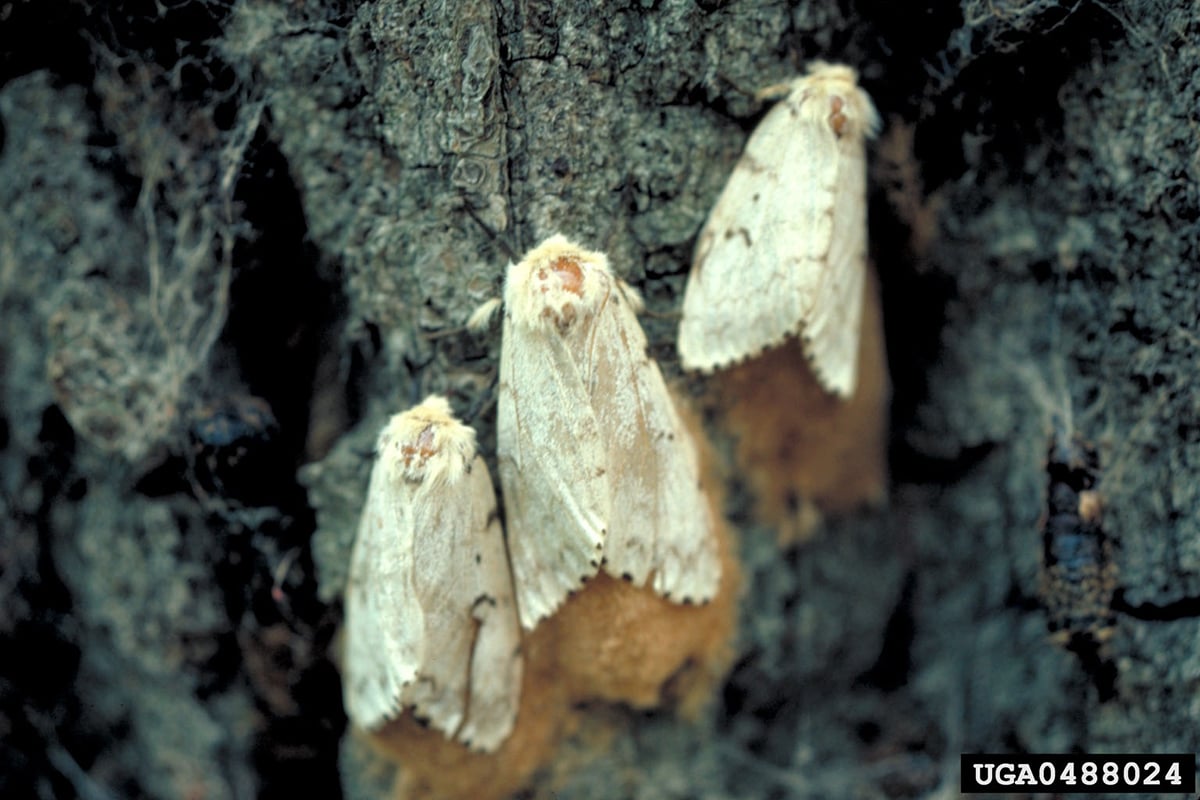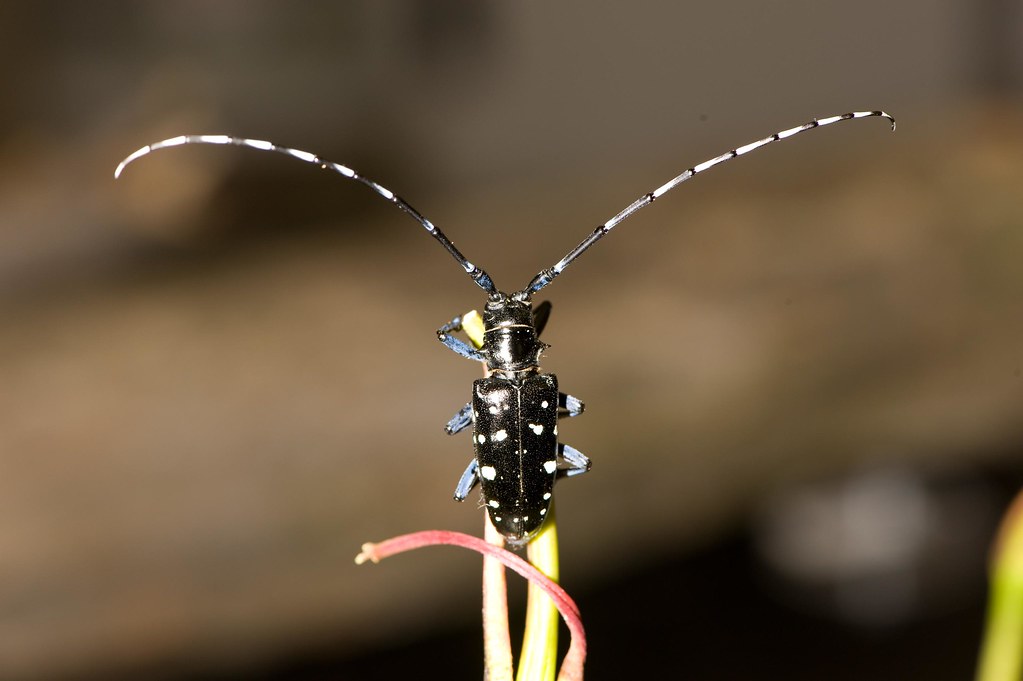Insects & Arachnids
Western Conifer Seed Bugs
Residents of Massachusetts may see this large, brown—yet harmless—home invader come fall. They are not stink bugs but can stink, due to the pungent odor they emit when alarmed, handled, or smooshed.
Native to the Pacific coast of North America, they moved eastwards in the 1950s and are now widespread in the United States.
How to Identify the Western Conifer Seed Bug
A true bug (order Heteroptera) in the family Coreidae, the dull-brown Western Conifer Seed Bug is what’s known as a leaf-footed bug because of their flattened segment resembling a leaf on their hind legs.
As a defensive mechanism when alarmed or handled, the Western Conifer Seed Bug omits a pungent odor from glands between the second and third pair of legs. Western Conifer Seed Bugs are often mistaken for Brown Marmorated Stink Bugs, but they are generally longer and narrower in comparison.
Life Cycle
The female lays rows of eggs on the needles coniferous trees (hence the name), including white pine, red pine, hemlock, and spruce. Eggs hatch in about 10 days and the nymphs feed on the scales of the cones and occasionally the needles. They reach adulthood in late August.
Western Conifer Seed Bugs in Your Home
Western Conifer Seed Bugs are harmless to people and do not sting, bite, or eat wood.
In the fall, the Western Conifer Seed Bug can enter buildings through cracks and crevices searching for protection from cold temperatures. To prevent their entry, calk openings around windows, doors, and chimneys; repair damaged window screens; and screen attic and wall vents.
They can also be easily captured and returned to the outdoors—bluebirds love them! There is no need to resort to insecticides. Chemicals are dangerous—Western Conifer Seed Bugs are not.
How Mass Audubon Supports Insects in Massachusetts
Mass Audubon works at our wildlife sanctuaries and beyond to ensure that the nature of Massachusetts continues to thrive. By scientifically monitoring Massachusetts wildlife, Mass Audubon informs important conservation decisions and launches targeted initiatives to help at-risk species. In addition, fostering healthy habitats, advocating for supportive policies, and educating people about the importance of nature conservation is critical to our success. Learn more about our work
How You Can Support Insects in Massachusetts
Mass Audubon supports insects like the Western Conifer Seed Bug every day, but we couldn’t do it without the support of our 160,000+ members.
Help us support the Western Conifer Seed Bug, and insects like them, by becoming a member today.
Stay Connected
Don't miss a beat on all the ways you can get outdoors, celebrate nature, and get involved.



